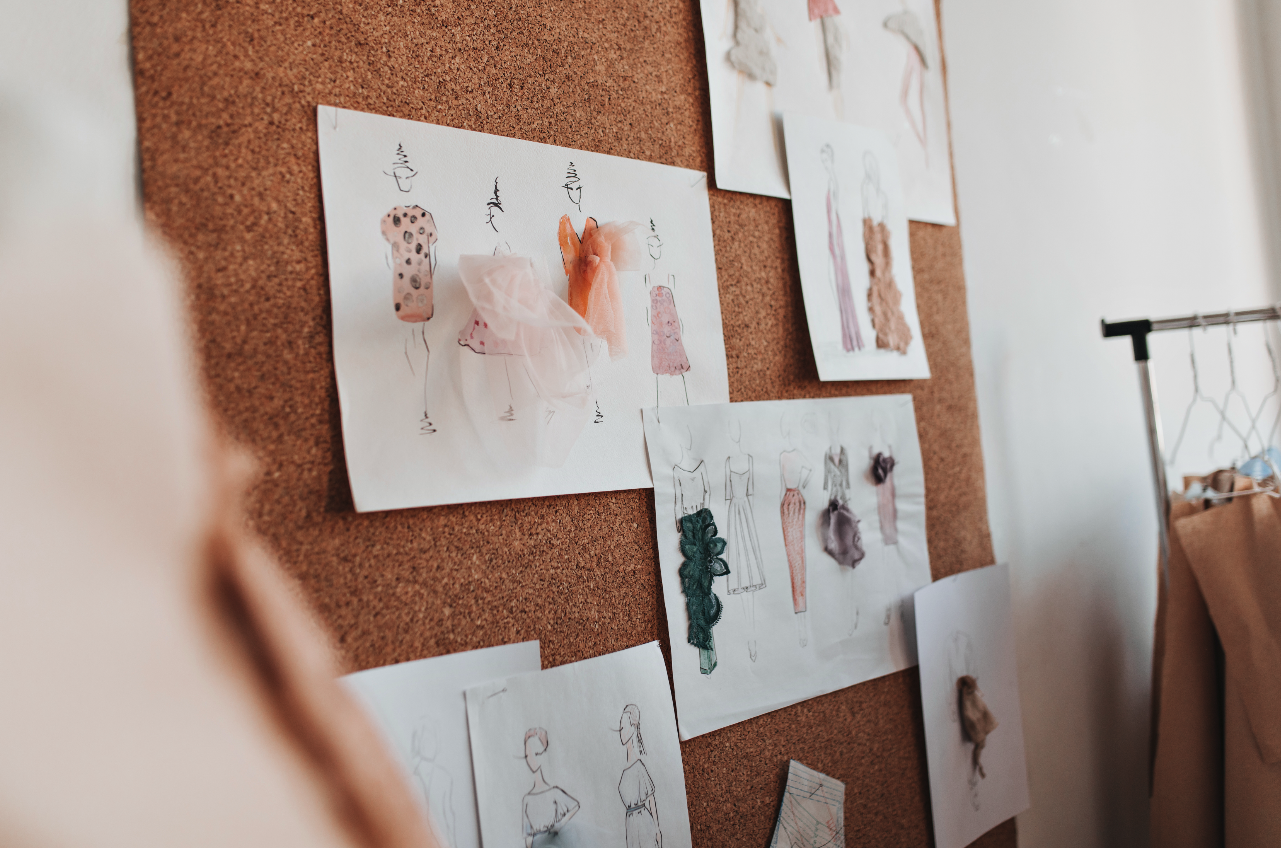I need to be honest: I grew to despise Pinterest. There was a period, not too long ago, where almost any design-related search on Google would inevitably lead you down its rabbit hole. It wasn’t just a platform; it was an inescapable vortex of algorithmically-curated sameness. My frustration wasn’t with the images themselves, but with the creative echo chamber it created.
When everyone drinks from the same well, the work starts to look the same. The same color palettes, the same layouts, the same trendy illustrations. Originality is a creator’s most valuable asset, and to protect it, we have to consciously look for inspiration in places the algorithm can’t reach. It’s time to step outside the digital bubble.
1. Find Stories in Architecture and Interior Design
Forget mood boards for a moment and look at actual rooms and buildings. Pay attention to the clean lines of a brutalist structure, the warm functionality of mid-century modern furniture, or the way natural light fills a well-designed space. Architecture is about problem-solving on a grand scale—how to balance form and function, how to use materials to evoke a feeling, and how to guide people through a physical space. These principles are directly applicable to web and graphic design.
2. Learn from Classic Cinema’s Composition and Color
Cinema is a masterclass in visual storytelling. Instead of scrolling, watch a classic film and actively study it. Look at the stark, high-contrast lighting in a film noir, the meticulously symmetrical compositions in a Wes Anderson movie, or the bold use of color in a Pedro Almodóvar feature. Directors and cinematographers are experts at using visuals to create mood, direct attention, and tell a story without words. Their canvas is just bigger than ours.
3. Discover Patterns and Textures in Nature
The greatest designer of all is the natural world. The intricate fractal patterns of a fern, the texture of weathered rock, the perfect color gradient of a sunset, the complex symmetry of a seashell—these are pure, unfiltered sources of inspiration. Taking a walk and truly observing the details around you can provide you with unique color palettes, patterns, and textures that feel organic and timeless, simply because they are.
4. Dig Through Old Book Covers and Vinyl Records
Go to a flea market, a thrift store, or your parents’ attic. The design of vintage book covers and vinyl record sleeves is a time capsule of graphic history. The bold typography of the 60s, the psychedelic illustrations of the 70s, the minimalist aesthetic of old jazz albums—these were created by masters of their craft working with physical limitations that bred incredible creativity. It’s a source of inspiration that is beautifully untrendy and full of character.
Your unique voice as a creator is forged not by reinterpreting what’s popular, but by synthesizing unique inputs from the world around you. Your best ideas aren’t waiting in someone else’s feed; they’re out in the real world.





